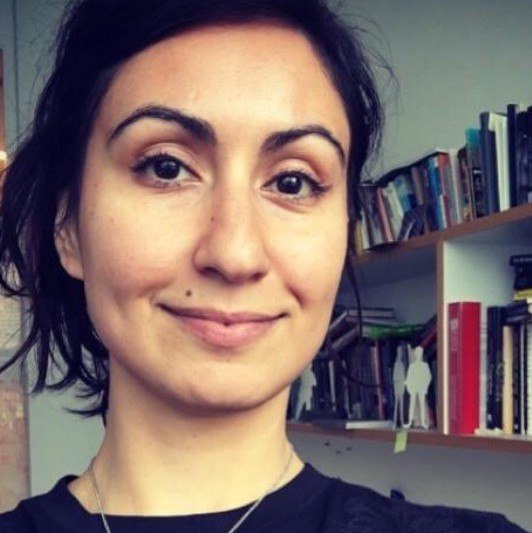Title
Representational geometry of perceptual decisions
Abstract
I will explore two core principles of circuit models for perceptual decisions. In these models, neural ensembles that encode actions compete to form decisions. Consequently, representation and readout of the decision variables (DVs) in these models are implemented similarly for decisions with identical competing actions, irrespective of input and task context differences. Further, DVs are encoded as partially potentiated action plans through balance of activity of action-selective ensembles. I show that the firing rates of neurons in the posterior parietal cortex of monkeys performing motion and face discrimination tasks violate these principles. Instead, neural responses suggest a mechanism in which decisions form along curved population-response manifolds misaligned with action representations. These manifolds rotate in state space for different task contexts, making optimal readout of the DV task dependent. Similar manifolds exist in lateral and medial prefrontal cortex, suggesting common representational geometries across decision-making circuits.













